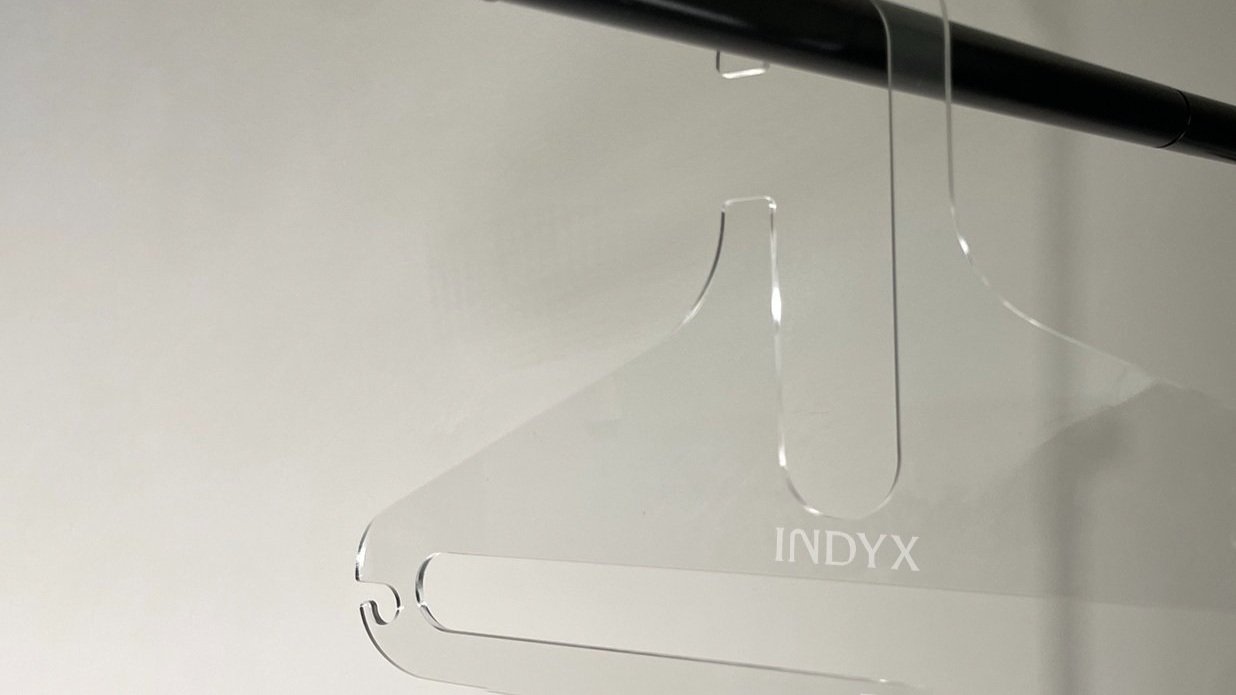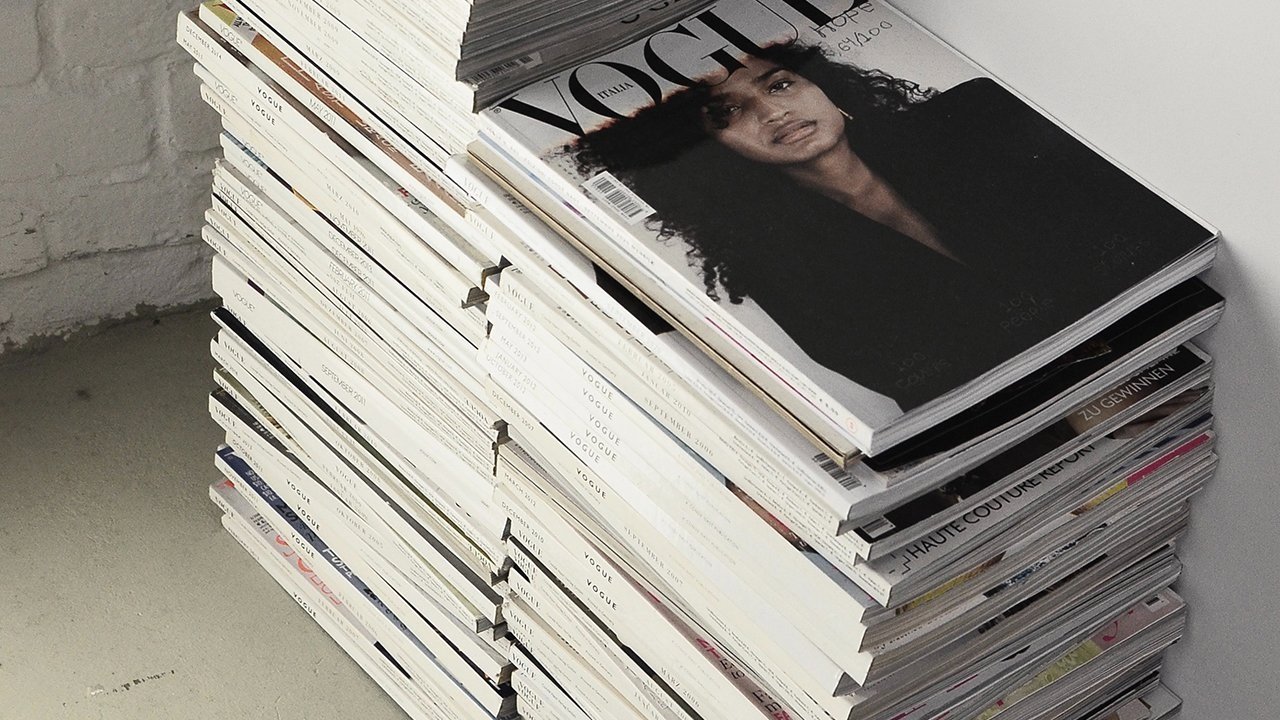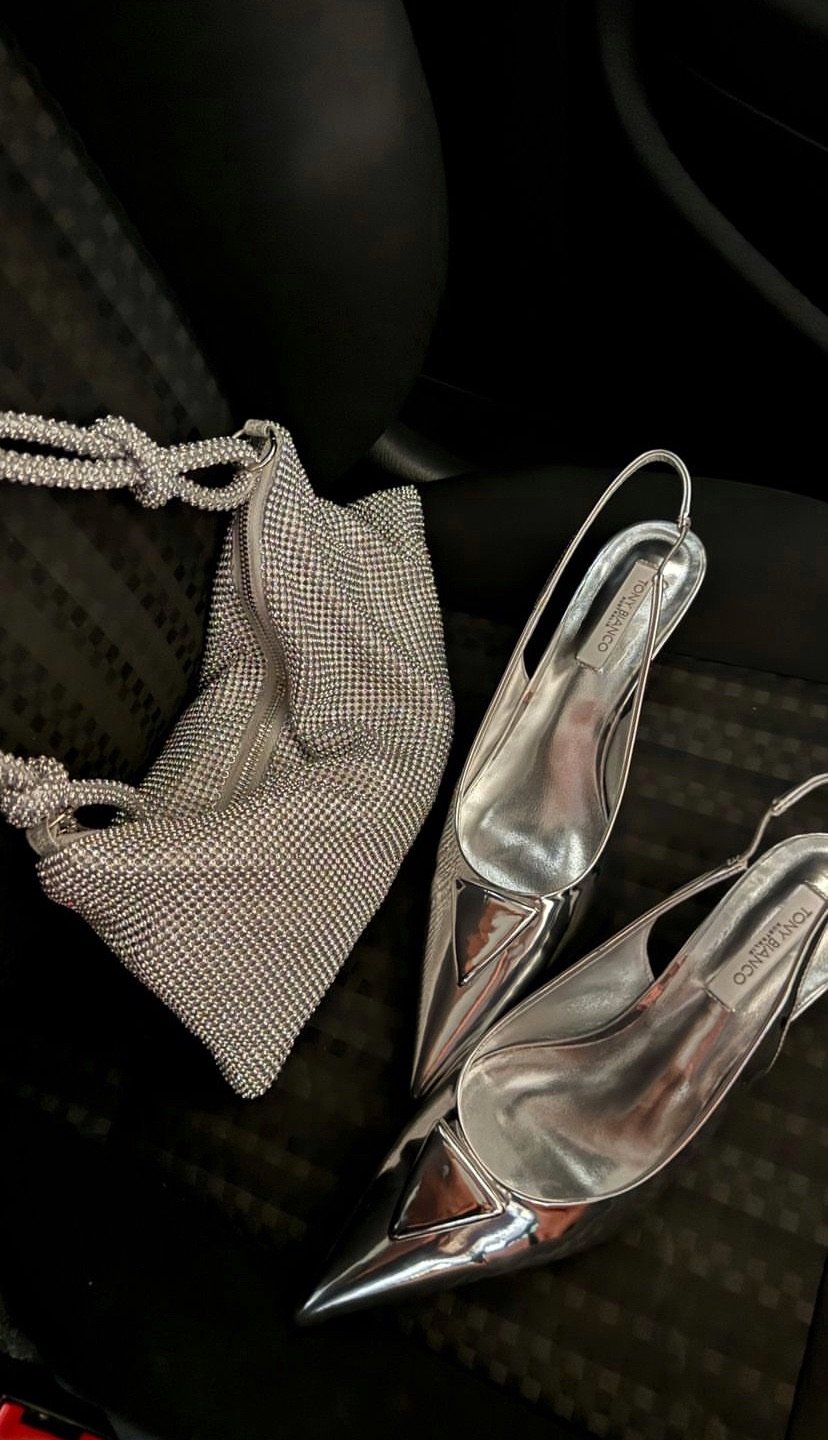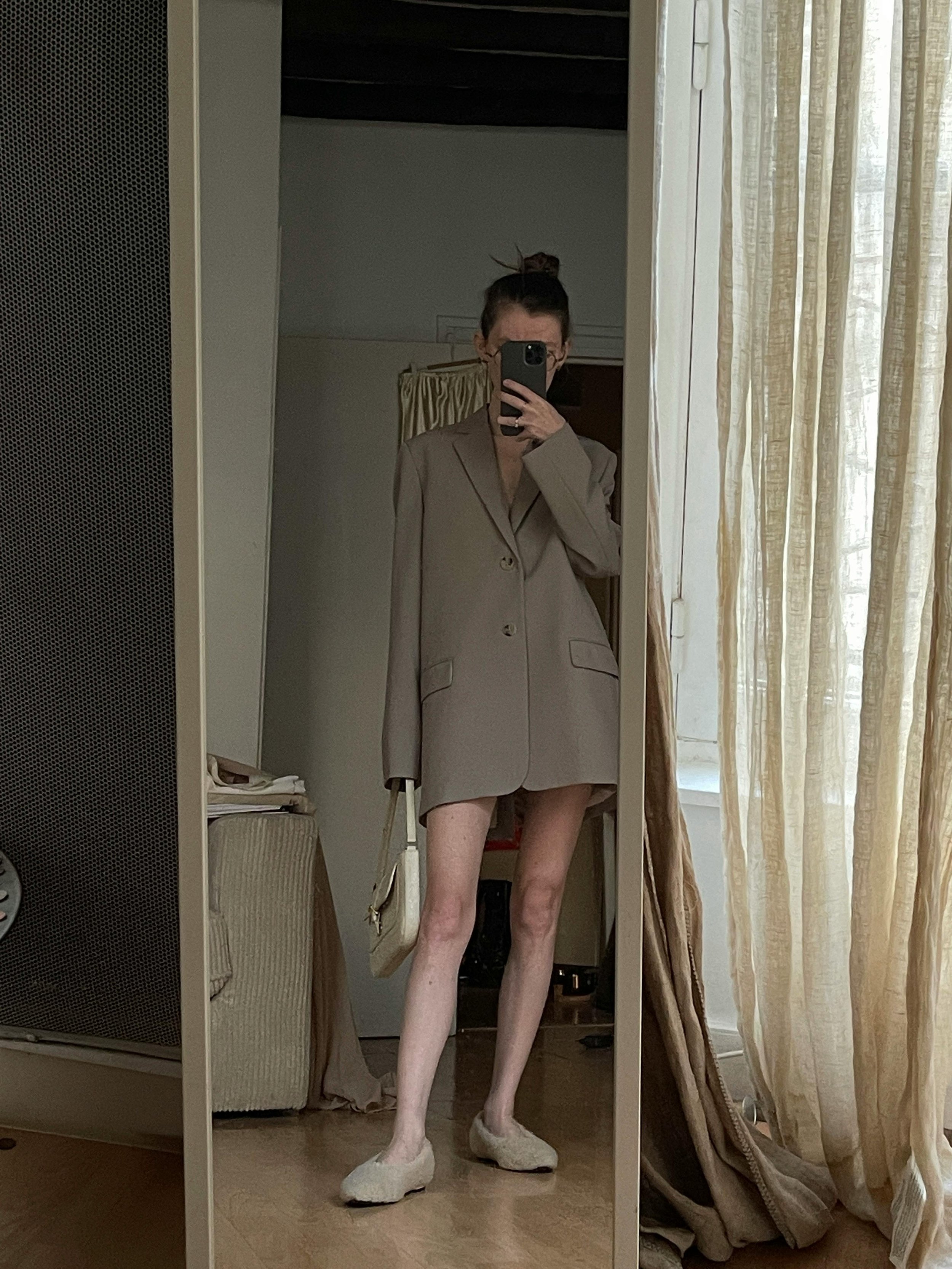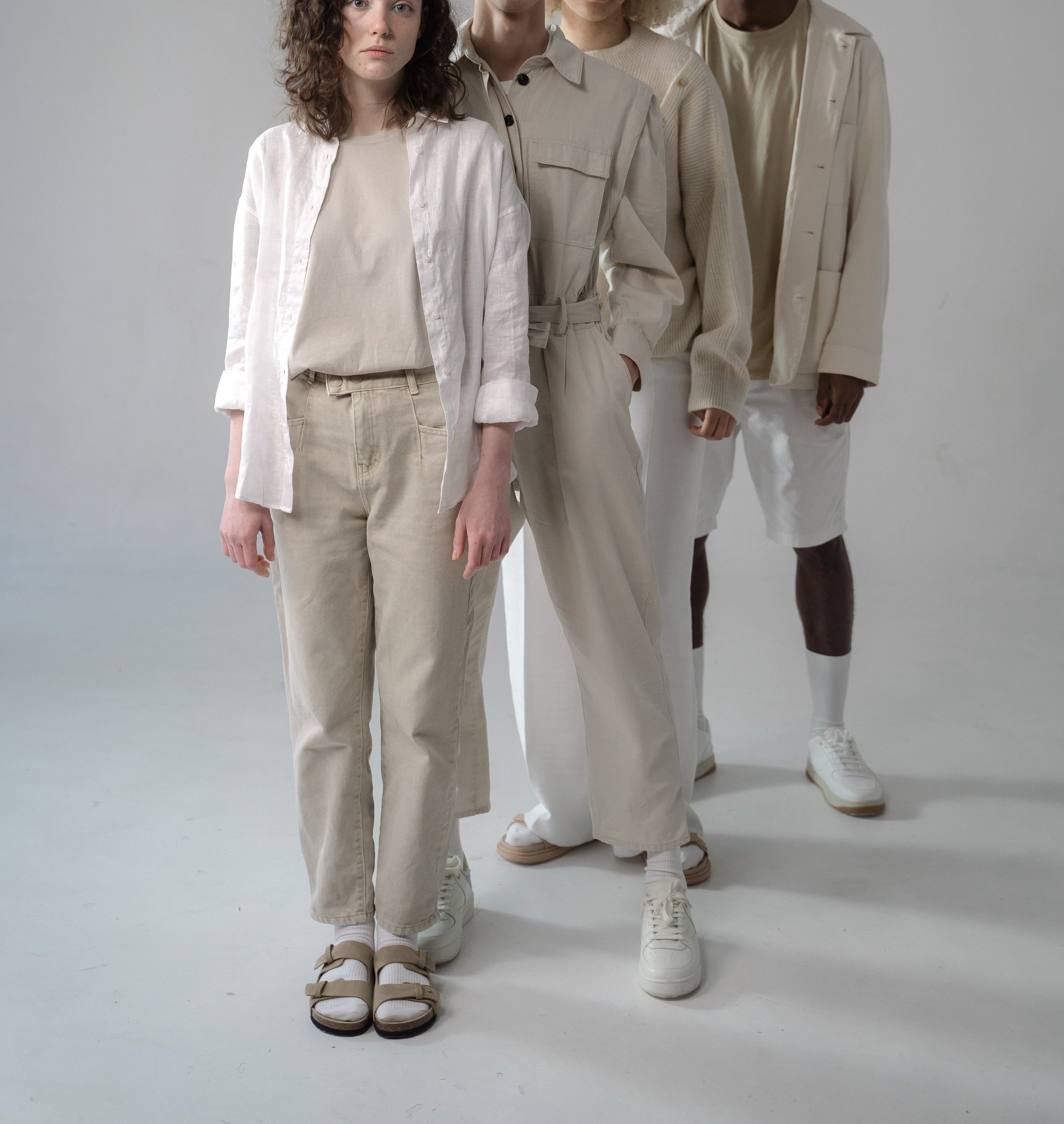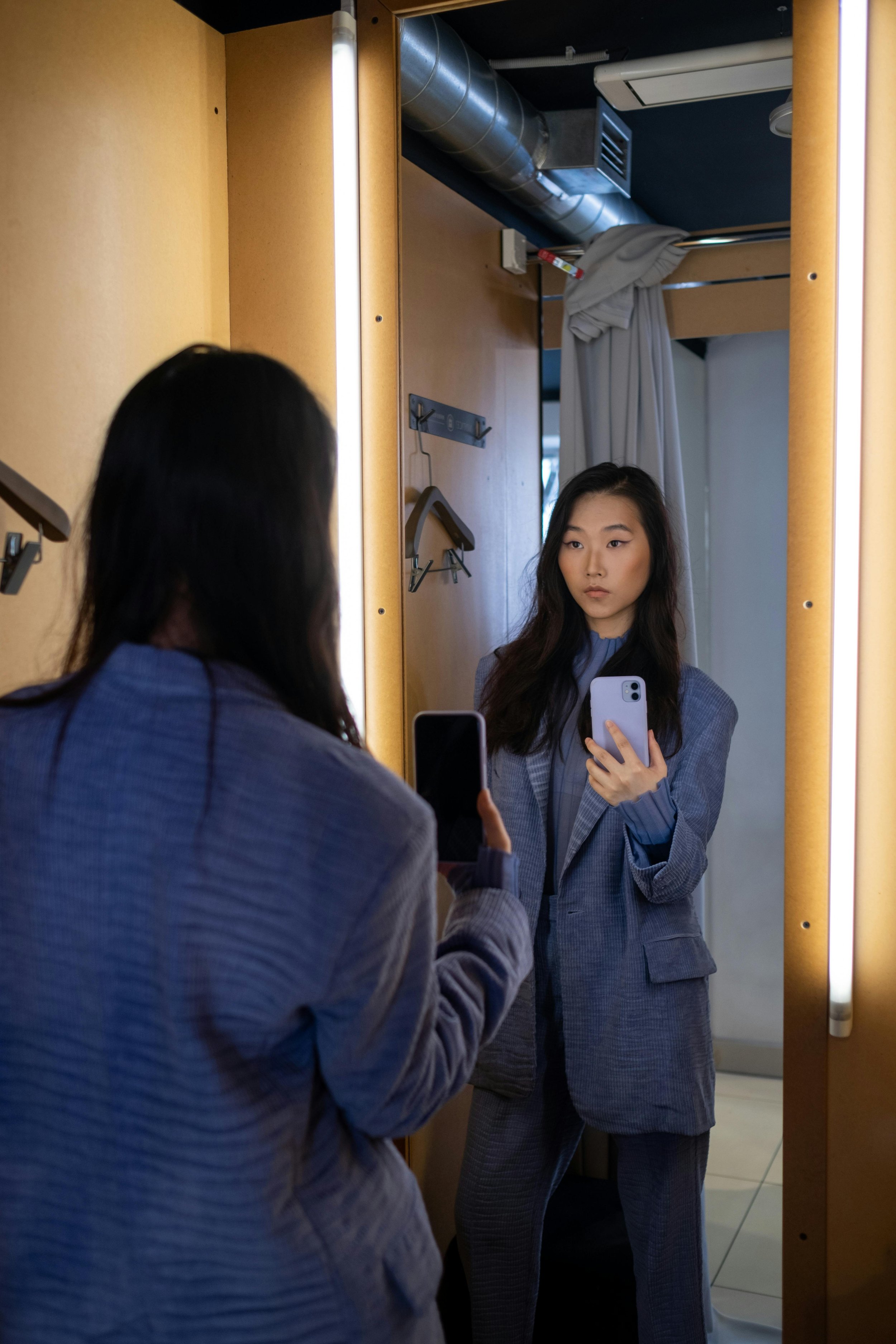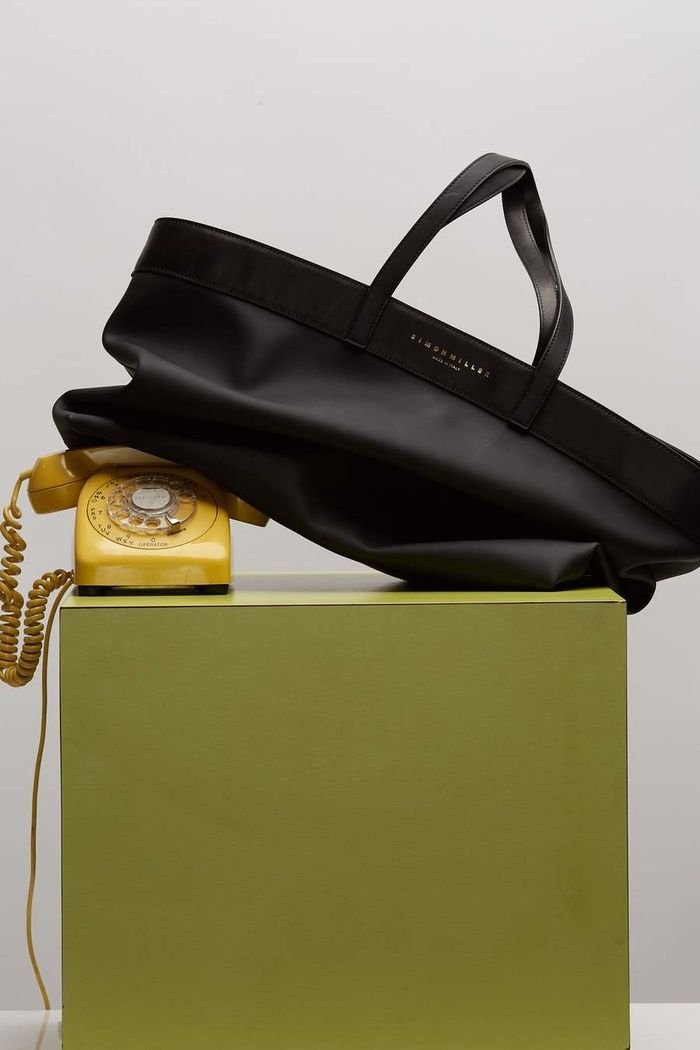AI is Supercharging a Broken Fashion Ecosystem
(The cover image above was generated with AI)
Fashion, the most visible expression of our identity, is also one of the most potent polluters of our planet today. With the rise of artificial intelligence, this already fragile ecosystem is set to undergo a major seismic shift—one that could either revolutionize a more sustainable way to get dressed or supercharge more unnecessary consumption.
There is enough clothing in circulation today to dress the next six generations, but 60% of us are still insecure about what we wear, and 30% of what we buy is left unworn. Consumers are becoming more conscious of the environmental impact of their clothing choices. And while fashion companies acknowledge the importance of sustainability, their profit motive keeps them focused on just selling more.
The entire fashion industry is built around enticing you to buy the next thing, regardless of whether it is the right thing, and with no incentive to care beyond the immediate transaction. It also does not care about what's already in your closet as an important context for future purchases. This constant drive for consumption outside the context of what we already own is not only absurd and unsustainable, it also sets an entire industry on a vicious cycle in a race to the bottom.
The Perils of AI-Driven Consumption
The infusion of AI into the fabric of fashion may sound like a solution to chaos, but that's only true if we set a solid foundation with the right inputs. Making a perfect shopping recommendation is hard, and we've been doing it without truly understanding our customers. Most signals we send today are noisy and incomplete, not to mention that they do not and cannot consider whether we wear or even like the item after the thrill of newness wears off.
Let's take my past obsession with ankle boots as an example. I loved the idea of them and collected many pairs over the years, but sadly, I didn't feel confident when I wore them. An AI trained on the wrong signal will unequivocally feed more suggestions for different ankle boots and pants that go with them. In reality, the last thing I need is more of the same, and instead, I should sell every single pair I own.
For both consumers and fashion companies, there is value in knowing what we already own and how we are using it. Yet, this data does not exist anywhere today. If we aspire to harness AI's incredible power to dress us well, we must establish the foundational infrastructure to build a holistic picture of who we are and what we like. There is no better place to start than our actual wardrobe.
Preparing for AI-Driven Consumption
I do not doubt that AI will transform how we get dressed. We are at a crossroads, with one path leading to the intensification of an already unsustainable system and another pointing towards innovation and responsibility. The barrage of AI-generated shopping recommendations is coming, but we can prepare ourselves for this inevitability.
First, we should inoculate ourselves with a true sense of who we are and what our clothes say about us. By taking the time and effort to take stock of what we own, what we wear, and how we feel, we are honing our sense of style. This perspective will guide us through the endless stream of “perfect for you” recommendations that will invade every aspect of our digital experience.
Second, we should shop in the context of our wardrobes. Today, we tunnel vision to the next thing to buy with very little regard for how it complements what we already own. I imagine a future where shopping recommendations are styled into your wardrobe and truly personalized with pieces you already own.
At Indyx, we are building a better wardrobe ecosystem that aims to enhance the AI-human partnership by emphasizing wardrobe context and personal style, fostering thoughtful curation over impulsive satisfaction, and empowering individuals with knowledge and insights rather than allowing out-of-context AI to dictate our every move.
It's time to redefine not just our style preferences but our entire approach to fashion. We can use AI to rewire, not perpetuate, a broken fashion ecosystem.











